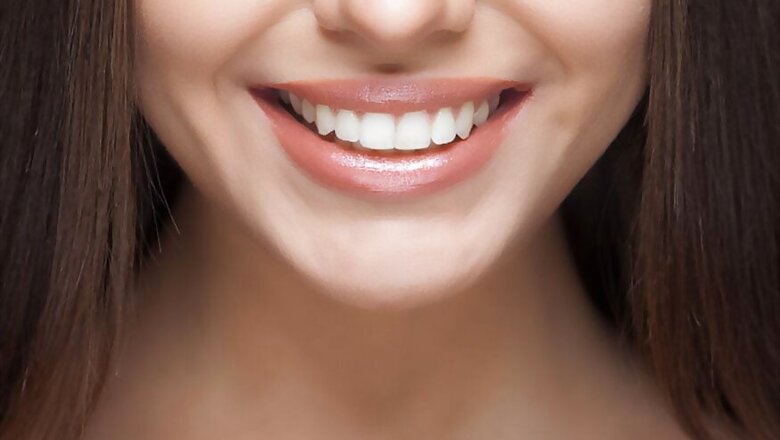
views
Headache is a common phenomenon and can cause a lot of discomfort especially when one is unable to decode the cause for it. While headache can be triggered by common factors such as stress, skipped meals, poor posture, inadequate sleep among other reasons, dental problems can also be one of the primary triggers.
According to IDA (Indian Dental Association), 75 per cent of unexpected headaches and neck aches are due to dental problems. The two dental conditions which can lead to headaches or face pain are bruxism and temporomandibular joint disorder (TMJ) with the latter being more pre-dominant, affecting 19%-40% Indians aged 18 years and above.
Decoding TMJ:
Temporomandibular joint and muscle disorders are a group of conditions which cause pain and discomfort in the jaw joint and muscles that control jaw movement. The jaw bones provide the structure in which teeth are embedded. The lower jaw is connected to skull with the help of jaw joint (commonly known as TMJ) and ligaments. A normal functioning jaw joint is essential for complex movements like eating, swallowing, talking and yawning.
Risk factors:
The parts of the bone in the temporomandibular joint which interact in the joint are covered by cartilage (a rubber-like padding that covers and protects the ends of long bones at the joints) and are separated by a small shock-absorbing disk, which normally keeps the movement smooth. In case the disk erodes or the alignment changes, TMJ disorders can happen.
The common risk factors include rheumatoid arthritis and osteoarthritis, jaw injury, prolonged grinding or clenching of teeth and effects of physical stress on the structures surrounding the joints. Other factors include poor diet, bad teeth alignment, absence of many teeth, lack of sleep and structural problems present since birth.
Warning signs:
• Difficulty in biting or chewing
• Swelling on one side of the face
• Difficulty in opening or closing the mouth
• Deviation of jaw to one side while opening mouth
• Pain in the joint
• Locking of the jaw, while opening or closing
• Clicking, popping, or grating sound when opening or closing the mouth
• Dull, aching pain in the face
• Earache
• Headache
Prevention:
Disruption in the functioning of the jaw joint can hinder basic functions like chewing food and talking, thereby leading to a poor quality of life.
Following are the measures which can be undertaken for preventing stress on the jaws and thereby, TMJ:
• Keep the face relaxed with lips together and teeth apart
• Massage the jaw cheeks regularly
• Avoid grinding or clenching of teeth and minimize consumption of chewy or hard foods
• Use both sides of the mouth to chew and take smaller bites
• Stretch and move around regularly to relax your joints and practice good posture
• Avoid resting your chin on your hand
• Support your lower jaw with your hand while yawning
• Avoid biting hard objects such as pens, pencils, fingernails, cuticles, etc.
Management:
TMJ disorders are preventable and therefore early recognition and timely referral to an expert is crucial. The disease can be treated through both non-surgical and surgical procedures depending upon the severity and cause of the condition.
Non-surgical procedures include consumption of pain relievers and anti-inflammatories as prescribed by the doctor, consumption of tricyclic antidepressants such as amitriptyline and muscle relaxant drugs for relieving pain. Therapies such as exercises to strengthen jaw muscles, use of oral splints or mouth guards (a soft or firm device inserted over the teeth for reducing jaw pain) and behavioural counselling on factors such as teeth clenching or grinding, leaning on the chin, or biting fingernails can also help. Surgical interventions include open joint surgery to reposition the disc, correction of bony deformity or may extend to TM joint replacement.
If the cause of TMJD is absence of many teeth or bad dentition, replacement and correction with the help of dental implants can restore the normal function. Technological advancements like CBCT and 3 D planning have increased the understanding and precision of dental treatment. Nowadays, one can have complete set of fixed teeth within 24 hours with minimal invasive surgery and no pain. Such treatment is highly specialized with long term good results.
A complete harmony of teeth, muscles and jaw joint is required for painless and smiling face.
(Author Dr Satyavrat Arya is a consultant for Dental Sciences at Medanta, The Medicity.)
Follow @News18Lifestyle for more



















Comments
0 comment